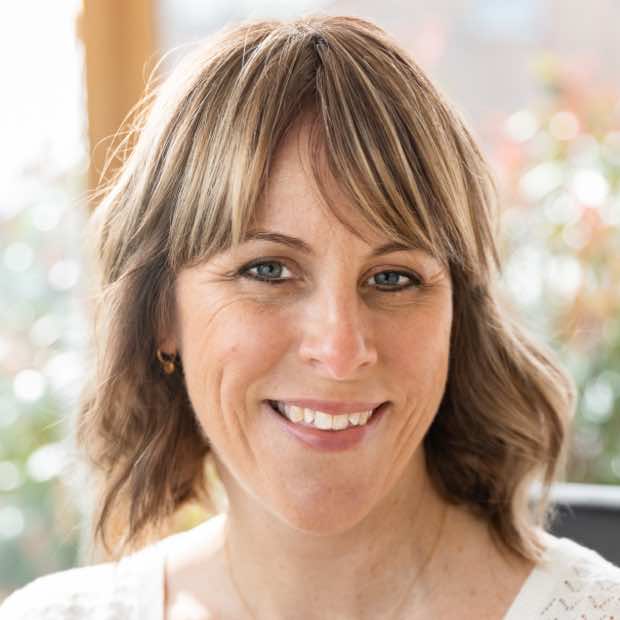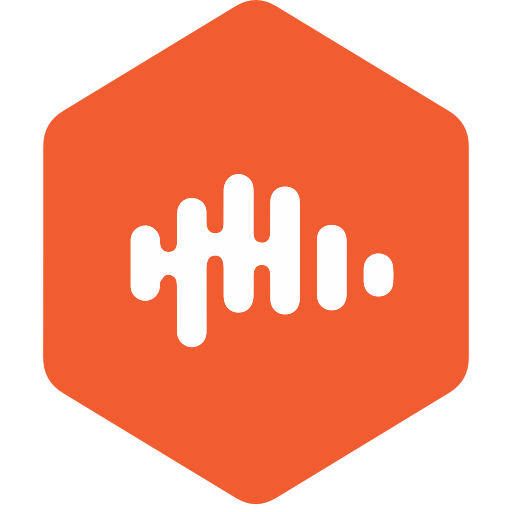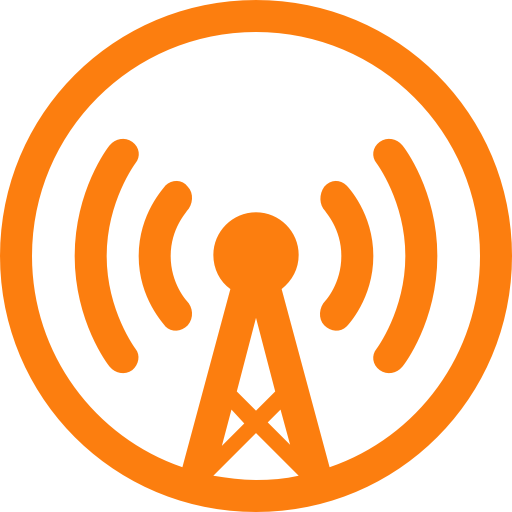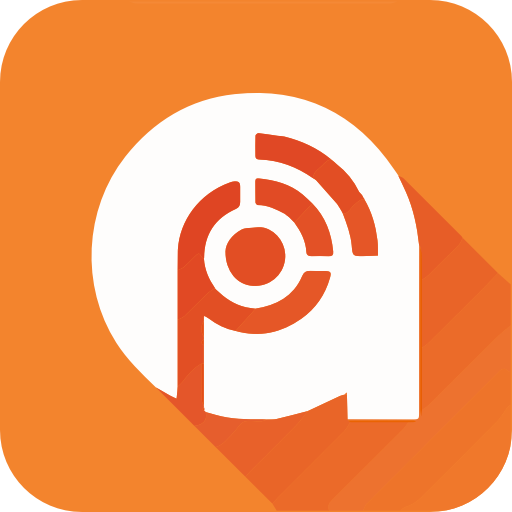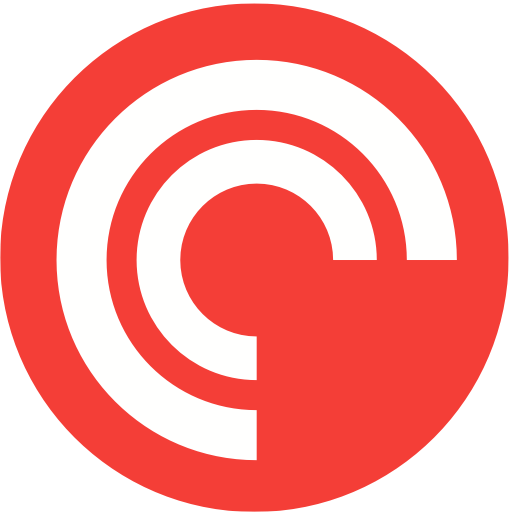Listen to this episode
On this episode
Are you sick of spending all day in front of your screen? While it is convenient to conduct online meetings, it can also feel tiring not meeting people face to face. But love them or hate them, online meetings are here to stay. We need to find ways to make them work.
John Monks joins us to discuss designing better online meetings and interactions. We discuss how to create online meetings that energise and infuse rather than demotivate. We also teach you why simple exercises on limits and boundaries in these interactions can improve problem solving and creativity.
If you want to know how to make the most out of online meetings, stay tuned to this episode.
Show links
.PCNs and other organisations can get a special discounted rate at the Resilient Team Academy! Find out more about the Resilient Team Academy for your organisation.
Closer Apart by John Monks and Lizzie Shupak
Social Physics by Alex Pentland
of Curve’s Remote Workshop Planning Canvas here!
Learn more about Karim Benammar’s works here
Connect with John: LinkedIn
Enjoyed This…
Reasons to listen
- Learn tips for engaging people in online meetings.
- Discover tips and exercises for making every minute of online workshops valuable.
- Understand the future of work meetings.
Episode highlights
Online Meetings as a Norm
How John Began Improving Virtual Meetings
Recalibrating Curve’s Course about Facilitating Online
Different Forms of Online Meetings
Tips on Engaging People in Online Meetings
The Difficulty in Achieving Equal Participation
Making Every Minute Valuable
Setting Constraints
Failsafe Exercises for Engaging Interactions
Exercises for Solving Problems and Issues
Meeting Approach and Format
Making the Most Out of Breakout Rooms
Online versus In-Person
Diversity and Inclusivity in an Online Work Setup
John’s Top Three Tips for Getting Better Online Interactions

